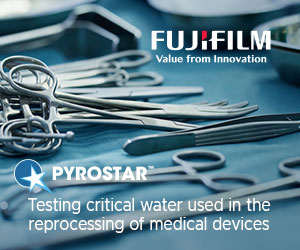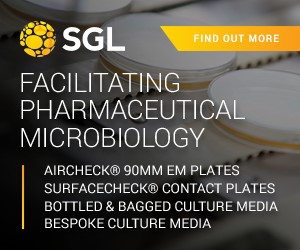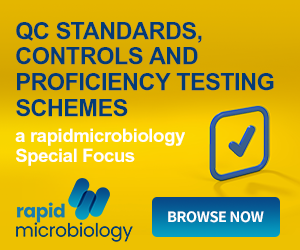| In recent years there have been growing reports of MRSA infection and carriage in animals, including dogs [3-8], cats [3,5,8], rabbits [3,5] and farm animals [3,4]. Many of the strains found in these animals are common human strains, suggesting possible transmission between animals and their owners or other close human contacts [3,8]. Although human to animal transmission is more likely [3], animals must also be considered as a possible source of human infection, re-infection or colonisation [2,3,6,7,8].
The possibility of such MRSA transmission between animals and humans requires medical and veterinary professionals to take precautions to minimise risks to their patients. In the veterinary setting, surgeons are called to use antimicrobials responsibly [1,9], in order to prevent further development of resistant strains, and to maintain high standards of infection control policies [8]. The latter should include written protocols regarding hygiene and cleanliness of staff and premises; regular and thorough testing of premises, particularly in critical areas such as operating suites, to determine the efficacy of cleaning and disinfection procedures; and vigilance towards non-healing wounds and intransigent infections [8].
Medical professionals must also be aware of the possibility of patients being re-infected by their pets. Such a case has been reported, where recurrent MRSA infection occurred in a diabetes patient and his wife. Further recurrence was prevented only after successful eradication of MRSA from the family dog [6]. Such scenarios require close coordination between medical and veterinary staff to eliminate infection [9]. In addition, there has been concern over the transmission of MRSA from pet therapy animals to vulnerable human patients, heightened by the discovery of asymptomatic MRSA carriage in a dog used to visit elderly patients [7]. On reviewing the risk of zoonotic spread, a consultant for the BSAVA recommends that animals in medical environments should be monitored [2].
Thermo Scientific products for the detection and isolation of MRSA strains provide valuable confirmation of MRSA, quickly, conveniently and reliably. These include a range of culture media for the screening of MRSA from routine swab samples including the new Thermo Scientific Chromogenic MRSA Agar (product code PO1091A); where MRSA grow as distinctive denim-blue colonies in as little as 18-20 hours, and Thermo Scientific ORSA selective medium (product codes CM1008 and SR0195), a well established, traditional medium which uses the fermentation of mannitol for diagnosis. There is also a full range of products for antimicrobial susceptibility testing. In addition, the Thermo Scientific PBP2’ latex agglutination test (DR0900) detects MRSA specific antigen in suspect colonies within just a few minutes, providing rapid confirmation and allowing prompt initiation of treatment and control measures. This test has already proven to be invaluable in human medicine, providing results a day earlier than traditional methods.
For further information about Thermo Scientific products for the detection of MRSA, please use contact details at the top of this page or the enquiry button below.
References:
1] Duquette, R. and Nuttall, T. (2004) J. Small Animal Practice, December 2004.
2] Van Duijkeren, E., Wolfhagen, M.J.H.M., Box, A.T.A., et al. (2004) CDC Emerging Infectious Diseases 10(12).
3] Donnellan, E., (2004) Irish Times, 14 December 2004.
4] Pennink, E., and Emslie, K., (2005) Scotsman, Evening News, 29 March 2005.
5] Willey, B,M,, Dick, H,L,N,, Oughton, M,T., et al. (2003) CACMID 2003 Meeting, Abstract P42.
6] Manian, F.A., (2003) Clin. Infect. Dis. 36(2): 26-28.
7] Enoch, D.A., Karas, J.A., Slater, J.D., et al. (2005) J Hosp Infect 60(2):186-188.
8] Wray, C., Wray, E., and Naylor, P.F., (2005) Veterinary Times, 12 April 2005.
9] BSAVA (2005), Policy on MRSA.
|






